LinkedIn is a powerful tool for business owners and sales professionals.
It can be used for sales prospecting, which is the process of finding potential customers and connecting with them. It is also useful for Networking, gathering people's contact data and Recruiting.
In this blog post, we will discuss how LinkedIn prospecting works and some of the best techniques for doing it effectively. We'll also cover some of the most useful lead generation tools and methods for prospecting on LinkedIn, so you can start generating more leads and sales opportunities today!
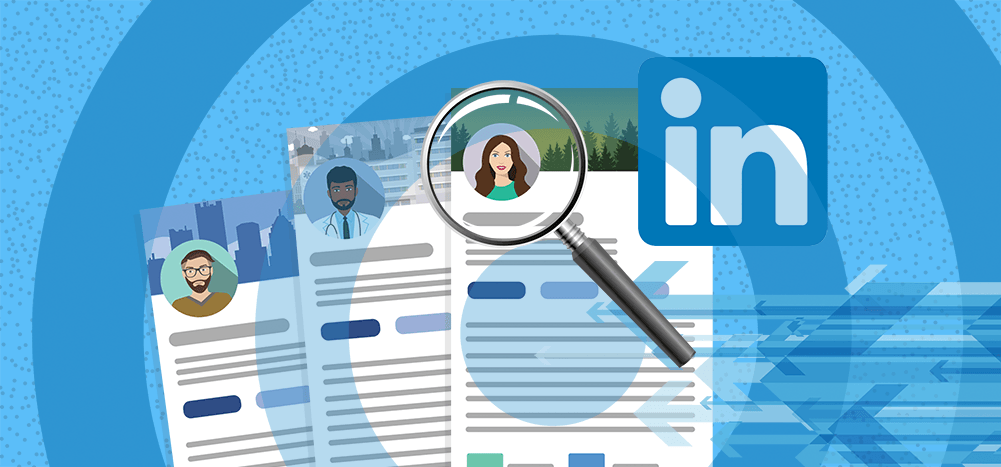
What Exactly is Prospecting?
Prospecting is the process of identifying and engaging potential customers who may have an interest in your product or service.
It requires research and planning, and it can be a time-consuming process. However, effective sales prospecting techniques can be the key to success for any sales team.
The first step in prospecting is to identify your target market. This includes defining your ideal customer profile and understanding the needs and pain points that your product or service can address.
Once you have a good understanding of your target market, you can begin to generate leads and find your target accounts.
This can be done through online research, networking, and other marketing activities.
Once you have a list of potential customers, it's time to start engaging with them. This involves reaching out and building relationships with potential customers.
The goal is to eventually turn them into paying customers.
Recruiters and sourcers can also use LinkedIn to their advantage when prospecting for talent.
By searching for key words related to the type of candidate they are looking for, recruiters can find a wealth of potential candidates that they may not have otherwise been able to find.
In addition, LinkedIn provides recruiters with access to a large number of professionals who are openly sharing their resume and contact information. This makes it easy for recruiters to reach out and connect with candidates who might be a good fit for their open positions.
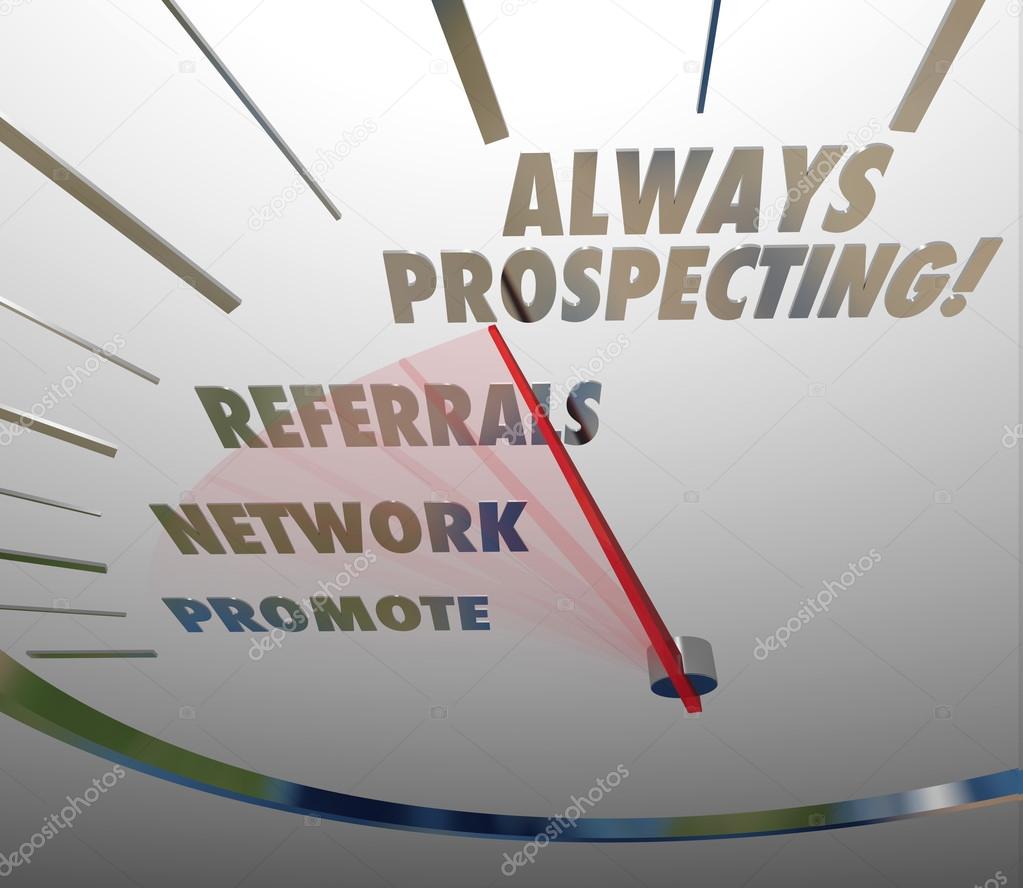
Finally, LinkedIn also allows recruiters to view profiles of potential candidates anonymously, which can be helpful when trying to gauge someone's interest in a position without tipping them off that they are being considered for the role.
Prospecting can be a complex and time-consuming process, but it's essential for any business that wants to grow its sales.
What is Prospecting on LinkedIn and How Does it Work?
If you're in sales, there's a good chance you're already using LinkedIn to connect with potential clients.
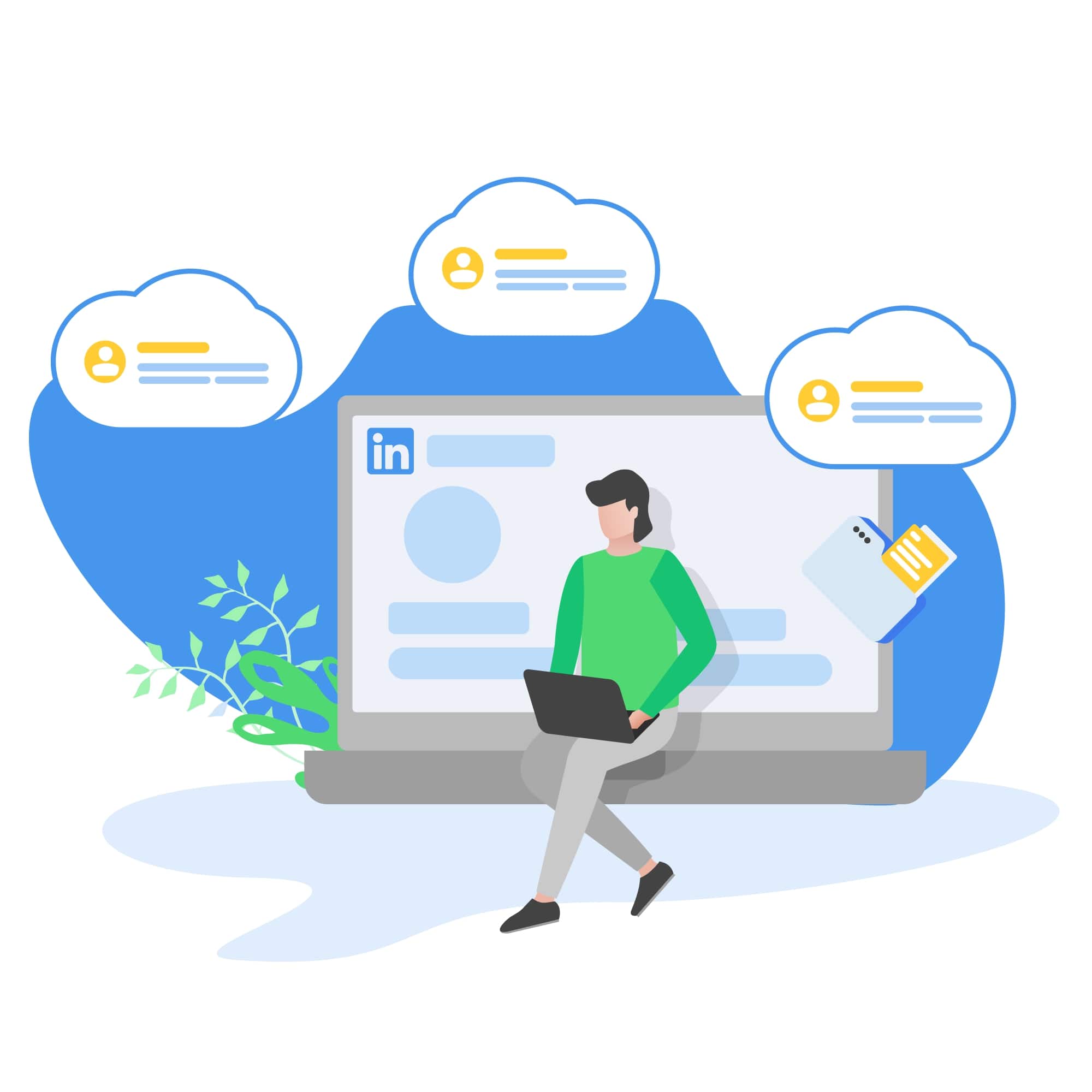
But what about prospects?
LinkedIn is a goldmine for finding new leads, and there are a number of ways you can go about it.
First, take a look at your own network - are there any 2nd or 3rd degree connections who could be potential leads?
Then, check out LinkedIn groups - can you join any that would put you in touch with your target market?
You can also use LinkedIn's search engine to find leads that match your criteria. Just enter some key words related to your product or service, and see who comes up.
Finally, don't forget to make the most of your own profile - potential clients will be checking you out too, so make sure it's up-to-date and includes all the relevant keywords.
By following these simple steps, you can start prospecting on LinkedIn today - and boost your sales pipeline in the process.
What are Some Techniques That can be Used for the LinkedIn Prospecting Process?
The first step is to understand how LinkedIn’s algorithm works.

LinkedIn wants its users to spend as much time on the site as possible, so it will prioritize content that keeps people engaged.
That means that if you want your content to be seen by as many people as possible, you need to make sure it’s interesting and relevant.
When you’re creating content for LinkedIn, think about what would make you stop scrolling and read an article or watch a video.
Once you have a good understanding of what makes content engaging, you can start creating content that is more likely to be seen by your target audience.
Another important factor in getting your content seen on LinkedIn is to use keywords that your target audience is searching for. When you use the right keywords, you’re more likely to show up in search results, and more likely to get clicks and views.
Finally, don’t forget to promote your content once it’s published. Just because you published an article on LinkedIn doesn’t mean people will automatically see it. You need to actively promote your content through your other channels, such as email and social media.
By following these tips, you can make sure your Prospecting techniques are as effective as
How to Find the Right People to Connect with on LinkedIn
First of all, who are the right people?
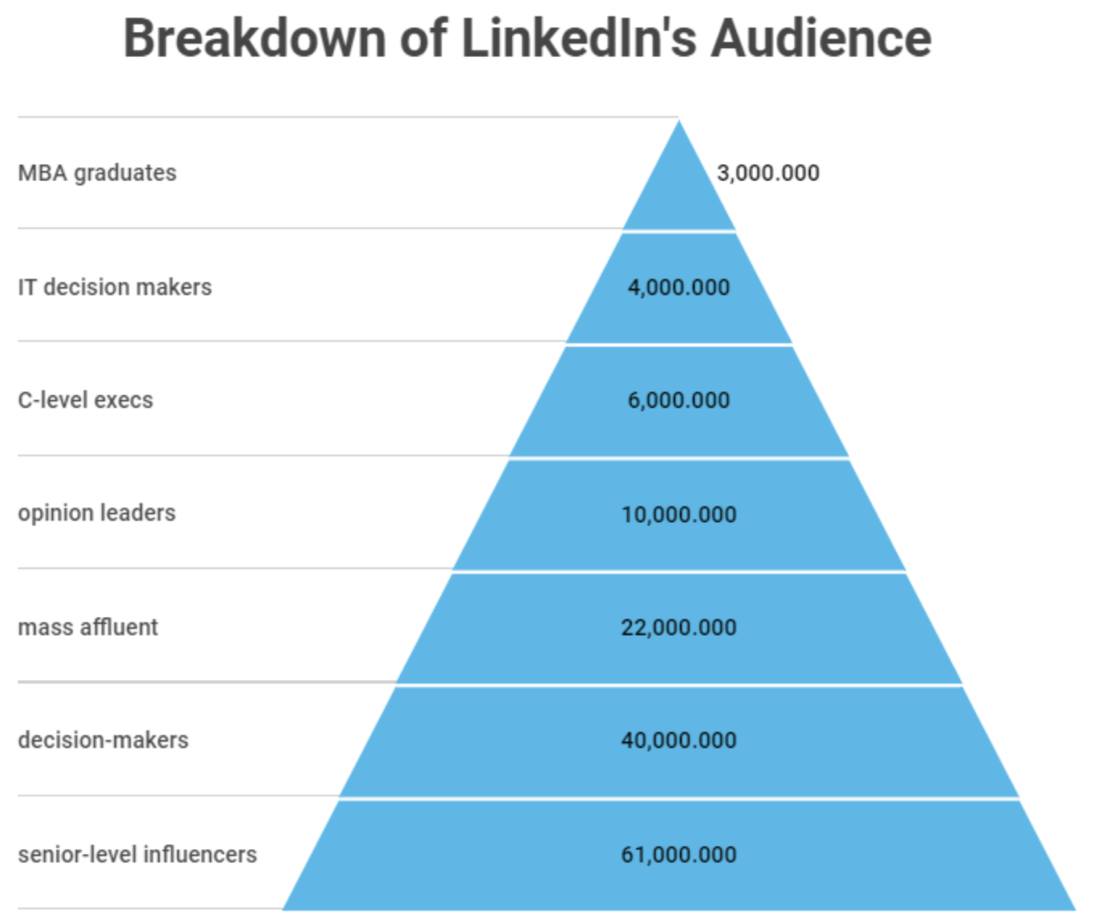
Who should you be connecting with?
Most people know that LinkedIn can be a great resource for networking and building professional relationships. But with millions of users, it can be difficult to know who you should connect with on the site. Here are a few tips to help you get started:
First, take a look at your current network. Are there any LinkedIn members whose connections could be helpful to you? If so, reach out and request an introduction.
Second, consider connecting with people you already know in the offline world. This could include colleagues, classmates, or even friends of friends. These people are likely to be interested in connecting with you on LinkedIn. Many times, people like these have connections to others that may benefit you and your business.
Finally, don't be afraid to reach out to strangers. LinkedIn is all about making new connections, so don't be shy about sending a connection request to someone whose profile interests you. If someone meets the criteria for what you are looking for, try and connect. You never know who you might meet!
How to find the right people
LinkedIn can be a great way to connect with other professionals in your field, but it can also be a bit overwhelming. There are over 500 million members on LinkedIn, so where do you even begin? Here are a few tips to help you find the right connections on LinkedIn:

Start by searching for your current or former colleagues, as well as any other professional contacts you may have. LinkedIn will show you how you are connected to each person, which can be helpful in determining whether or not you should reach out.
Next, take a look at the groups that you are a member of. A lot of times your target accounts will be in groups you already have access to. Groups are a great way to find like-minded professionals and start engaging in relevant conversations.
Finally, don't forget to check out LinkedIn's 'People You May Know' feature. This can be a great way to find new connections that you might not have thought of otherwise.
By following these tips, you should be able to quickly find the right connections on LinkedIn.
The Benefits to Using Prospecting for Business Development
Business development is an essential part of any company's growth strategy. And while there are many different ways to go about it, prospecting can be a highly effective method, especially when done correctly.
Prospecting allows you to reach out to potential customers and clients who may not be aware of your company or its products and services.
It also gives you the opportunity to build relationships and establish trust before making a sales pitch.
Furthermore, by providing helpful information and resources, you can position yourself as an expert in your industry, which can lead to meetings and even referrals down the road.
In other words, prospecting is a powerful tool that can help you grow your business. But like anything, it takes time and effort to do it right.

By building relationships with prospects, you create a pipeline of potential recruits for your organization.
By developing a regular prospecting process, you can increase the number of qualified recruits who are interested in your organization.
Additionally, by staying in touch with your prospects and providing them with timely information about your organization, you can increase the likelihood that they will eventually join your team.
By developing a strong prospecting process, you can significantly increase the number of qualified recruits for your organization.
Sales Prospecting on LinkedIn and How Your Business's Sales can Benefit
Sales prospecting is the process of finding potential customers and connecting with them.
LinkedIn is a must use
It can be done through various online and offline channels, but LinkedIn is one of the most effective platforms for doing it. LinkedIn is the best sales engagement platform, and here are a few reasons:
- LinkedIn has over 500 million users, making it one of the largest social networks in the world. This gives you a large pool of potential customers to target.
- LinkedIn allows you to search for prospects based on their location, industry, job title, and other criteria. This makes it easy to find people who are likely to be interested in your products or services.
- LinkedIn provides a way to connect with prospects through InMail, which is a messaging system that allows you to reach out to people even if you don't know their email address.
- LinkedIn also has a number of sales tools and applications that can help you automate and streamline your prospecting process.
Techniques for sales prospecting
Now that we've covered some of the reasons why LinkedIn is such an effective platform for sales prospecting, let's discuss some of the best techniques for doing it.
One of the most important things to keep in mind when prospecting on LinkedIn is to be respectful of people's time and privacy.
This means that you should only reach out to people who are likely to be interested in what you have to say. Don't send generic messages or make unsolicited offers; take the time to personalize your messages and offers to each prospect.
Another important thing to keep in mind is that LinkedIn is not a place for hard selling. Prospecting on LinkedIn should be about building relationships and establishing trust.
You can do this by providing value first, without expecting anything in return.
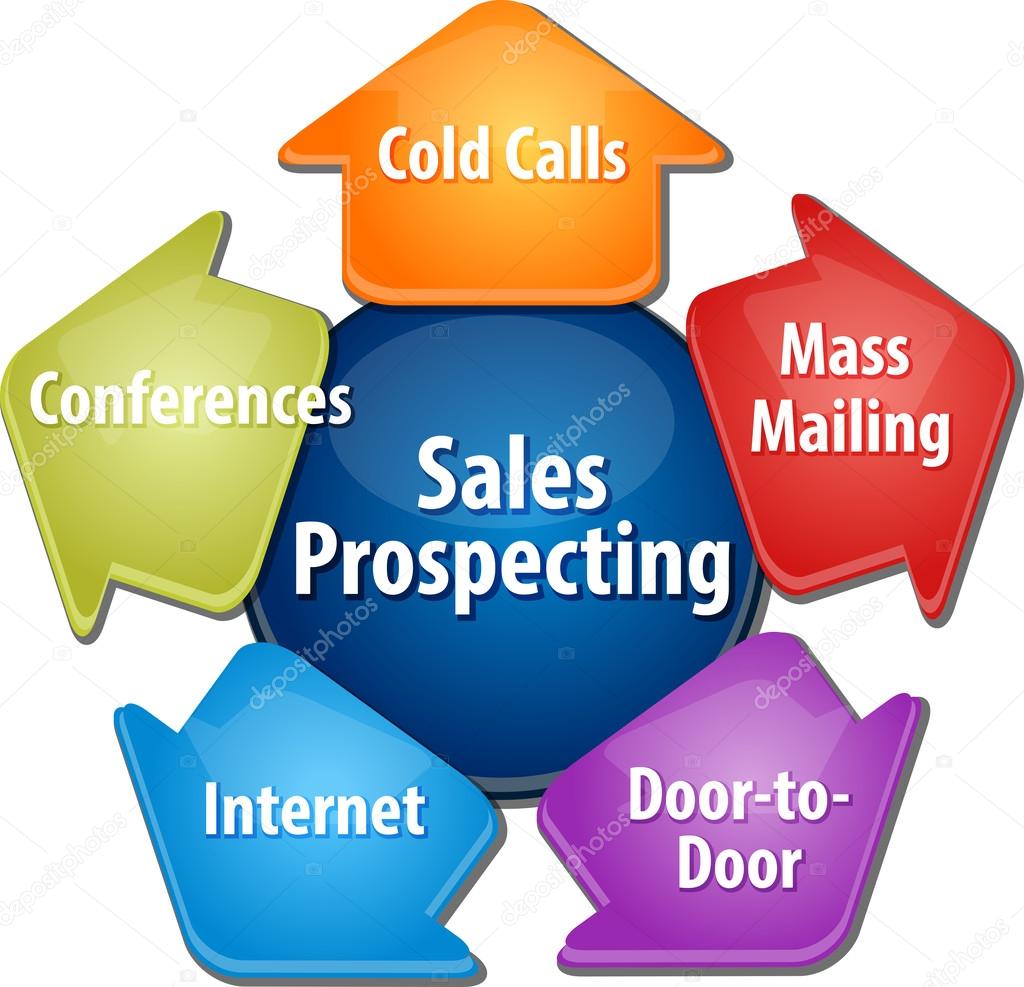
For example, you could share helpful articles, give advice, or connect people with each other. Only after you've built up a relationship with a prospect should you start talking about your product or service.
If you follow these tips, you'll be well on your way to becoming a master of LinkedIn prospecting
What is a Sales Prospecting Tool?
A sales prospecting tool is a type of software that helps salespeople automate and streamline the process of finding and connecting with new prospects.

There are a number of different features that sales prospecting tools may include, such as the ability to automatically send connection requests and follow-up messages, to scrape data from social media sites like Facebook and LinkedIn, and to send event invitations.
Sales prospecting tools are a great way to find potential customers for your business.
There are a number of different ways to use these tools, but the most common is to search for contact details for potential customers who either live your target area or hold positions that your sales teams are selling to.
Once you have a list of potential customers, you can then use the sales prospecting tools to gather additional information about each one, such as their name, address, and phone number.
This information can be used to create a database of potential customers that you can then use to marketing and sales campaigns. Sales teams and Recruitment teams will appreciate having all of this contact data.
In addition to being a valuable resource for finding new customers, a sales prospecting tool can also help you keep track of your current customer base and identify any potential areas for growth. LinkedIn Sales Navigator is a great subscription to combine with your sales prospecting tools.
5 Prospecting Message Examples
Prospecting messages are great ways to start and continue your recruitment and sales process.
Here are 6 ways to do this effectively:
Connect to grow
If you want to message someone on LinkedIn with the intent of growing your network, there are a few things you can do to increase the chances of getting a response.
First, take a look at the person's profile and see if you have any mutual connections. If you do, mention this in your message.
Second, make sure your message is personalized and not generic. Mention something specific that you saw on their profile that you found interesting.
Finally, be polite and brief - no one wants to read a long message from a stranger!
Connect to offer jobs
When messaging someone on LinkedIn, it is important to be clear about your intentions.
If you are offering a job, be sure to include information about the position and how to apply.
You should also include a link to your company website or an online application. If you are not offering a job, be clear about the purpose of your message.
LinkedIn is a professional network, so messages that are rude, inappropriate, or spam will not be well received. Be respectful and courteous, and you will be more likely to get a positive response.

Connect to get opinion
A great way to get feedback on your business and blog is to reach out to your network on LinkedIn.
By sending a message to somebody in your field, you can get valuable insights and opinions that can help you improve your site.
When messaging someone on LinkedIn, be sure to introduce yourself and explain your intention for reaching out. This will help the person understand why you are contacting them, and they will be more likely to take the time to respond thoughtfully.
Be specific in your request for feedback, and be sure to thank the person in advance for their time and advice.
Connect because of post engagement
When you engage with someone's post on LinkedIn, a notification is sent to the person who made the post.
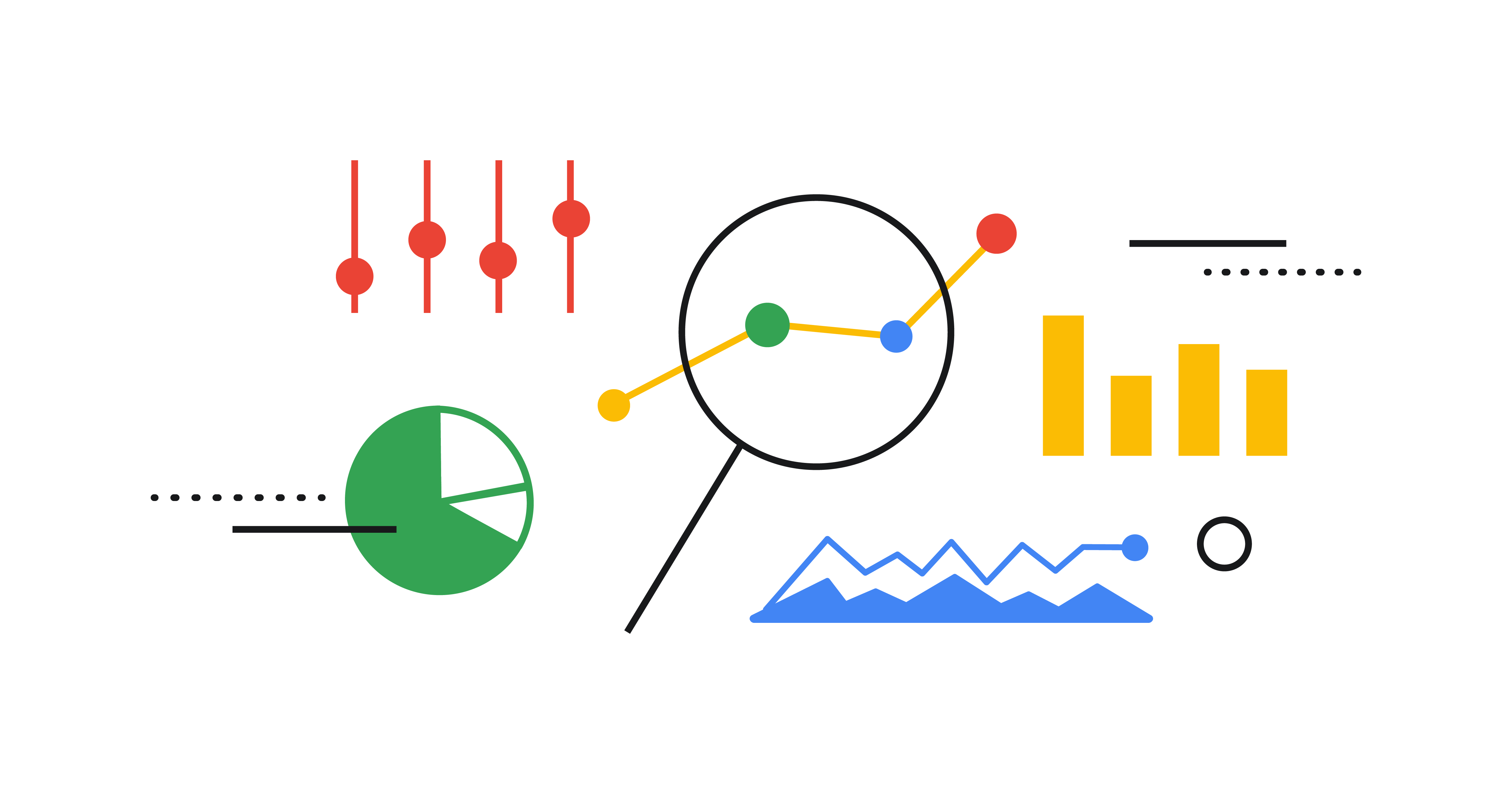
If you're looking to connect with someone on LinkedIn, engaging with their posts is a great way to start a conversation.
By leaving a comment or sharing the post, you're showing that you're interested in what they have to say. This is a valuable connection that can lead to further opportunities down the road.
In addition, when you engage with someone's post, it increases the likelihood that they will return the favor. LinkedIn is all about building relationships, and post engagement is one of the best ways to do it.
Connect because of an event
You can connect with someone on LinkedIn by joining or creating a group related to the event you attended.
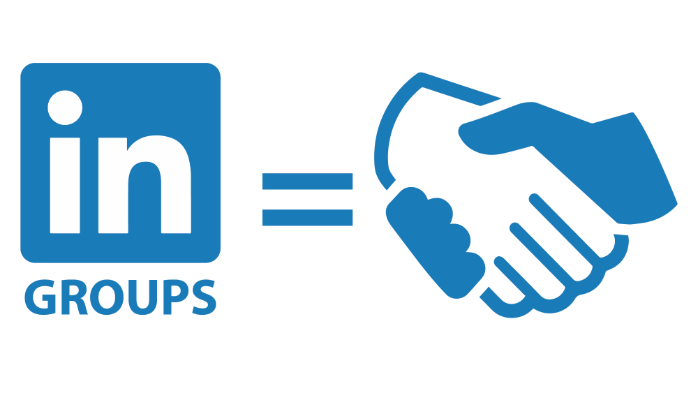
By posting in the group, you can start a discussion thread and get to know other members who are interested in the same topics as you.
LinkedIn also has a feature that allows you to see which members of your network have recently attended the same events as you. This is a great way to connect with people who share your interests, and it can help you grow your professional network.

